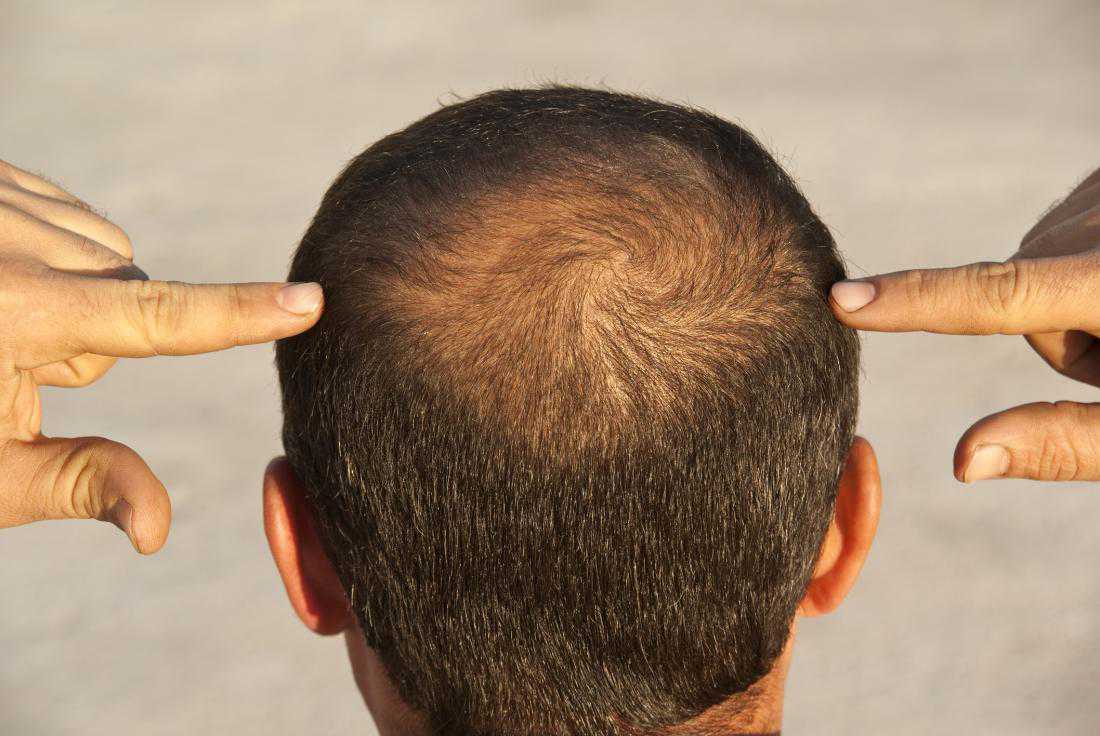Hair loss: Scientists test wearable regrowth device
17 September, 2018

Finding a simple way to boost hair regrowth remains a challenge for researchers. A new paper claims that micro LEDs might be the answer we have been looking for.
Hair loss affects millions of people, globally. For some, it is of little concern, but for others, it can impact both self-esteem and confidence.
For these people, finding a way to regrow hair as quickly as possible is important.
The causes of hair loss are very varied; they can include genetic factors, long-term stress, aging, and higher levels of male hormones.
Despite years of dedicated research, boosting hair growth is still hit and miss, expensive, painful, or all of the above.
The current options include a drug called minoxidil (a vasodilator), corticosteroid injections, and hair transplant surgery.
Away from the pitfalls of drugs and surgery, some researchers are turning to the potential use of light. A new study investigates the possibility of a wearable, light-based solution to hair loss.
A new approach
Earlier studies have revealed that lasers can help regrow hair by stimulating hair follicles, leading to increased cell differentiation. Red light is particularly successful because its wavelength penetrates skin better than the shorter wavelengths of green and blue light.
It may be promising and without apparent side effects, but the equipment necessary for laser hair treatment is large, expensive to power, and difficult to use; this makes it impractical for home use and therefore limits its availability.
A paper — published recently in the journal ACS Nano — describes a flexible, wearable device based on micro-light-emitting diodes (micro LEDs).
This technology is currently being tested for a range of applications thanks to its durability, flexibility, and conveniently small size.
However, there are still some shortfalls to micro LEDs; according to the investigators, these include "high heat radiation, low optical efficiency, and high energy consumption." To avoid these problems, the team used an ultra-thin array of flexible vertical micro LEDs.
This marks the first time that such a device has been tested on a living animal. The micro LEDs — 900 in all — were placed on a chip around the size of a postage stamp, just 20 millimeters thick.
Compared with standard laser treatment, the new design used 1,000 times less power per square millimeter. Importantly for use on animals, the patch does not generate substantial heat, so there would be no risk of burning the skin.
When the scientists stress-tested the patch by flexing it 10,000 times, it was robust enough to remain intact. This is essential for anything that is to be worn on human skin.
